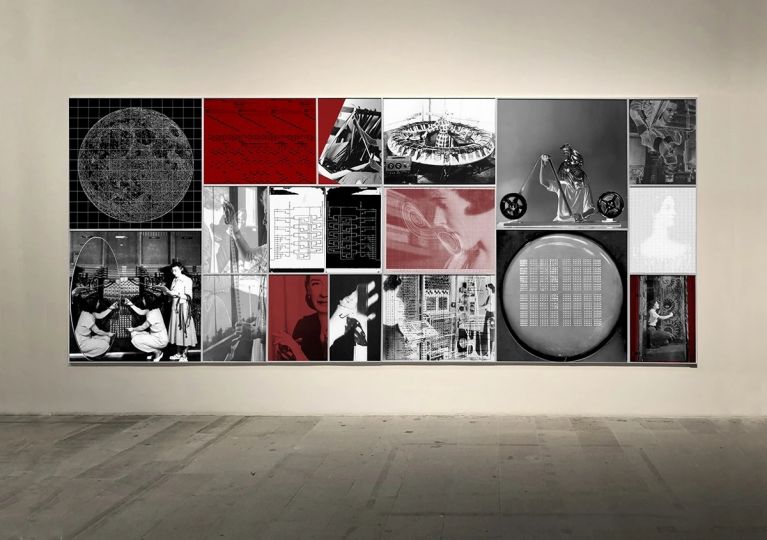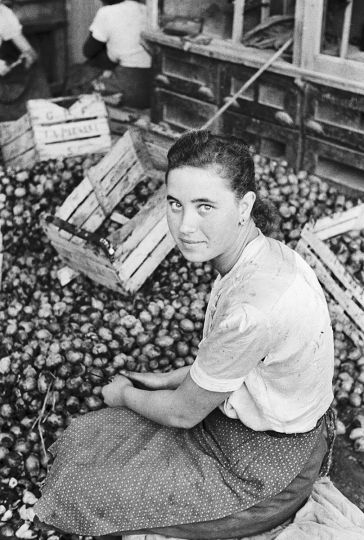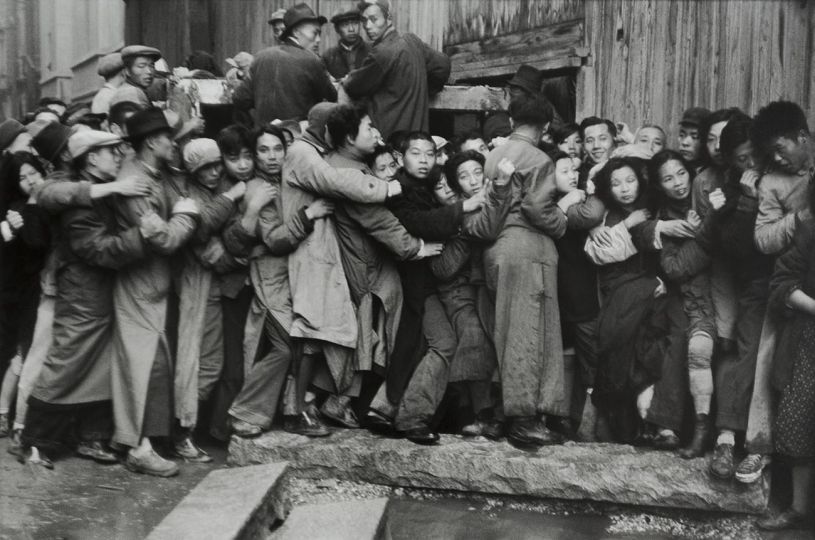With the exhibition Image Capital, The Fondazione Mast in Bologna highlights a less explored aspect of photography, that of its economic value as an information technology.
Used as a vector of information, the photographic image acquires a functional value whose practical uses become unlimited and offer a large potential for capitalization. As a system for creating, archiving, protecting and exchanging visual information, the image represents a resource that can be used in different capitalist contexts. Based on this idea, Image Capital examines these multiple applications of photography within different production processes such as science, culture and industry.
The result of a long research project mixing art and science, the exhibition was made possible by the close collaboration of the historian Estelle Blaschke and the artist Armin Linke, led by the curator Francesco Zanot. Built without any particular hierarchy of reading in order to offer an immersive experience to the visitor, it has been thought “as a garden in which the visitor can stroll as he would in a video game or on the Internet”.
Throughout the rooms, archival images interact with the creations of Armin Linke in a setting supported by the enlightening texts of Estelle Blaschke. The various applications of photography are analyzed through six major themes – memory, access, mining, imaging, and currency – beginning with a history of photography and ending with an exploration of the most recent technologies.
Originally, photography was seen as an extension of human memory, as a means of collecting and storing information. Kodak was quick to understand this and in an advertisement for the Recordak, urges us to buy one: “If you don’t have a photographic memory, buy one.”
This memory is an invaluable source of information for technology, provided that the image is associated with a text that describes it, thus allowing machines to store and organize the visual information produced by the photograph. Images become visual surfaces filled with data. This is the concept of metadata.
The exhibition then reveals how this data generated by images has become precious capital for companies, which must be protected at all costs. A problem born in the twentieth century, as indicated by a shot of the entrance of Iron Mountain, a storage infrastructure managed by Eastman Kodak. This “visual information mine” can be considered the ancestor of the server.
Data mining is another process in which photography plays a crucial, catalyzing role for machines. An example, photographed by Armin Linke, of a robot capable, thanks to the absorption of an incalculable number of images, of recognizing ripe tomatoes in order to pick them, is edifying. Here, quantity prevails over quality. The more images a machine swallows, the more precise it will be.
Photography as an imaging system feeds more and more advanced technologies. While in its early days it was praised for its ability to go beyond the human eye, today it allows the development of digital modeling techniques such as 3D rendering and thus participates in the transformation of our experience of reality.
The potential of photography is immeasurable. It seems inevitable that it has become a form of capital. The exhibition continues this reflection on the capitalization of images by noting the transfer of value caused by the arrival of digital technology and metadata: “The data generated by an image,” concludes Estelle Blaschke, “has become as precious as the images themselves.
Thanks to its ingenious scenography, striking visual examples set against texts that are both precise and intelligible, Image Capital brilliantly retraces the ins and outs of this complex subject, challenging us on a lesser-known aspect of photography, which nevertheless dominates our daily lives: “Every object has been photographed, every part of every object that we own has been photographed. We live in a world that has already been seen through a machine. This is crucial when thinking about the photography of today and tomorrow.”
Image Capital
An exhibition by Francesco Zanot
From 22 September 2022 to 08 January 2023
Fondazione Mast
Via Speranza, 42,
40133 Bologna BO,
Italy
https://www.mast.org




















